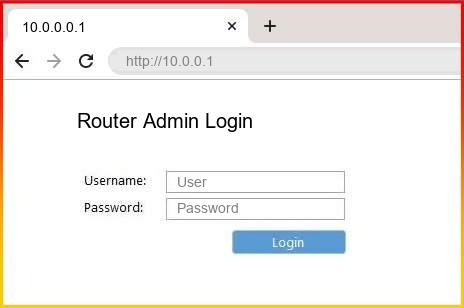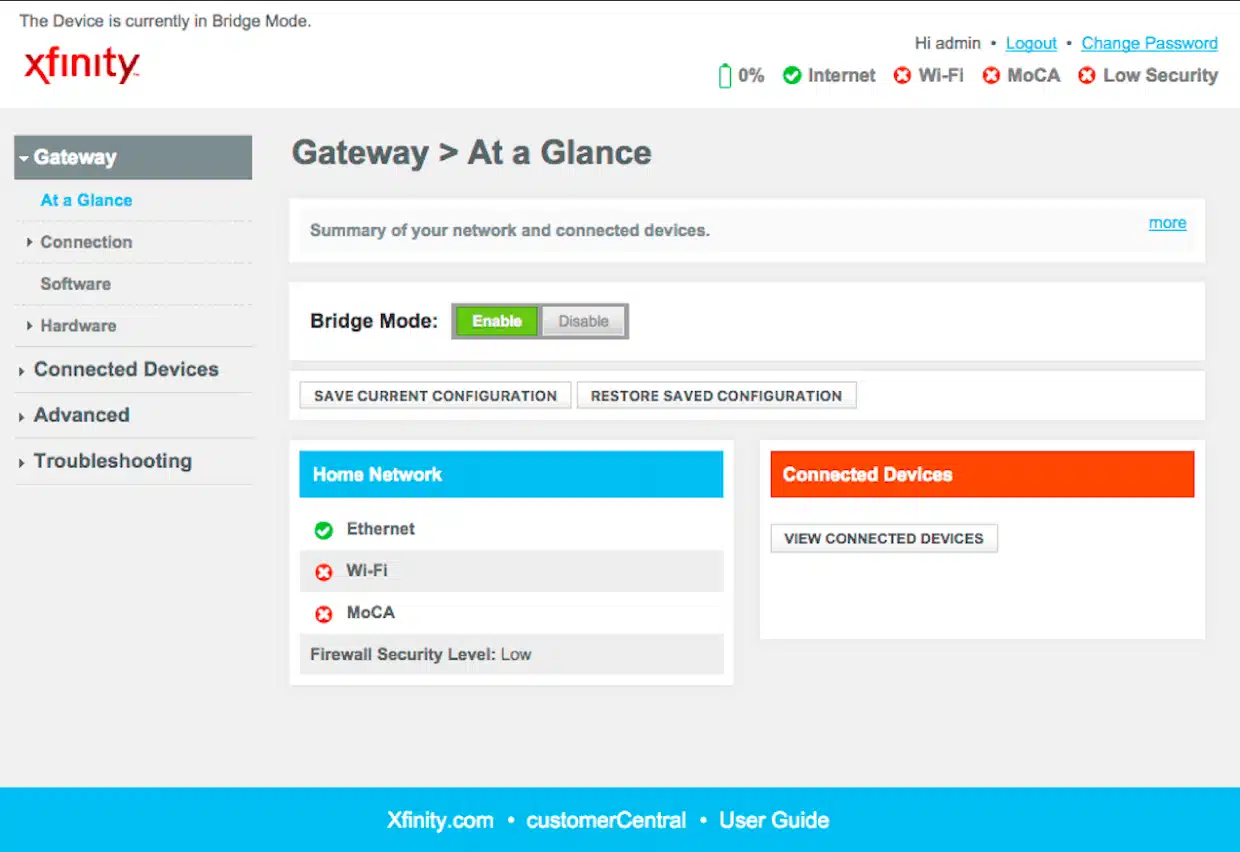Table of Contents
In the case of a home or office network, you may frequently come across 10.0 0.1, which is the IP address you use to reach the admin panel in many different router brands, including Xfinity, Comcast, and others. That’s where you can manage your WiFi settings-change passwords, set up guest networks, and do a lot more to make sure that your network is secure and running right.
However, there are many instances that this IP address is incorrectly spelled as 10.0 0.0.1, which returns an invalid page. Therefore, ways to use this IP address should be explained correctly in order to avoid the most frequent mistakes.
In this guide, we cover everything from basic procedures for 10.0 0.1 login to ways of troubleshooting some common problems, to advanced settings on the router like time pause and WiFi control. Let’s begin!
What is 10.0 0.1?
It is a private class IP address, which many manufacturers of routers use to set up their routers as a gateway to login into the admin panel. So, coming under the class A range of private IPs, this utilized within internal networks only. Unlike public IP, access to 10.0 0 1 cannot be performed outside of your local network for its safety and isolation from users on the outside.
Entering 10.0 0.1 admin in your browser opens the login page to the router’s configuration settings. You can edit several network configurations here think about changing the name of your WiFi network, updating a password, and handling connected devices.
How To Log Into 10.0 0.1
The good thing about logging in to the 10.0 0.1 page is that it is extremely easy, but doing it right will avoid any kind of problem that might arise while doing so. Here goes:
- Connect to the router through: Your device may be a computer, phone, or tablet, and it should be connected with the network of the router either through WiFi or an Ethernet cable.
- Open any browser: Open any available browser in your system, Google Chrome, Firefox, or Safari.
- Enter the IP Address: The address bar, enter http:// 10.0 0 1 OR 10.0 0.1. Do NOT enter 10.0 0.0.1. That is a[n] invalid address that will not work.
- Log in with the following: A login page will open that will require a username and password. These are usually, by default:
- Username: admin
- Password: password
If the above default login credentials do not work, it is necessary for you to follow the specifications in your router’s manual or check the specific login on the website of the manufacturer. You must also give trying 192.168.1.1 or 192.168.0.1 a shot if 10.0 0.1 does not load.

Debugging 10.0 0.1 Issues Logging In
Logging into the 10.0 0.1 admin panel is quite straightforward, but sometimes issues may arise. Some of these simple problems and their solutions are discussed here:
- Incorrect IP Address: Of course, the most common mistake anybody could make is placing an incorrect IP address. Most people make a typographical error on 10.0 0 1 by typing 10.0 0.0.1, or they put “www.” or “https://”. in front of it that just gets them an invalid page. Type the natural IP address http://10.0 0 1 directly into the browser’s address bar.
- Unresponsive Gateway: This could be due to connectivity issues on 10.0 0.1. Restart your router by unplugging it from power, waiting for 30 seconds, then reconnecting.
- Network Issues: If you cannot get into the 10.0 0.1 WiFi settings page, check that other websites are loading up correctly. Sometimes, issues with your internet service provider can block you from accessing your router’s admin panel.
- Clear Cache and Cookies: Sometimes, your browser contains an old version of cache and cookies, which is the problem with the loading of the 10.0 0.1 login page. That usually the problem that can easily be fixed by cleaning those cookies and caches.
- Another device or browser: When all else fails, try reaching the admin panel of 10.0 0 1 from a different browser or device. This will help in ascertaining that the issue is with the specific browser.
- Factory Reset: If you’ve tried all of the above and you still can’t reach the 10.0 0.1 page, then you’d want to look at doing a factory reset on the router if that is an option. Just remember, it deletes your settings – your SSID and WiFi password are among the examples of information, so it is only a last resort.
Advanced Wireless Settings in 10.0 0.1
Once you have access to the admin panel at 10.0 0.1 after logging in, you will get a plethora of advanced settings to really drill down into your settings on the router. Below are some of the options available:
- Pause Time: This feature introduces a 10.0 0.1 pause time in giving Internet access to any of the devices connected with this router. This is useful for parents who want to limit their kids screen time or for users who need the router to manage bandwidth when demand is high.
- Parental Controls: Most routers would have built in parental controls to block certain websites or restrict internet use during particular hours of the day. That’s easily configurable from the 10.0 0.1 WiFi settings.
- Firewall and Security Settings: Most routers, by default, use WPA/WPA2 security to protect your network. If needed, one can change the type of encryption, set up a firewall, or enable MAC address filtering for further security in the connection.
- Triggering and Port Forwarding: In case you are an online gamer or use any service requiring opened up ports, such as VPNs, then employ 10.0 0.1 admin and configure port forwarding or port triggering. With these, the performance of these applications can be great.
- Automatic Firmware Updates: For security reasons, one should keep the firmware of their router updated. While some routers can be set to update themselves automatically, some require you to download the latest firmware from the manufacturer’s website.
Protecting Your 10.0 0.1 Network
Once you are inside the admin panel at 10.0 0.1, one of the first things you need to do is change the default username/password. Operating on default credentials-for instance, admin/password-is highly vulnerable to attack on your network.
A strong and unique password is needed upon setting it new. For this context, at least eight characters combining upper and lower-case letters, numbers, and special symbols like ! @ # $ ?.
This may help you prevent any attacks from hackers or unauthorized users to your network. Also, avoid using any easy-to-guess information, such as birthdays, pets’ names, or set phrases.
Conclusion
Understanding how you can log in to the 10.0 0.1 admin panel will be most important in giving you further control over your home or office network. Whether changing the WiFi settings, setting up pause times, or troubleshooting for connection issues, having this sort of control over the router will maintain your network in a safe and effective manner. The updating of firmware, imposition of strong passwords, and utilization of 10.0 0.1 advanced features all play a major role in network reliability and safety against the threats that are possible.


